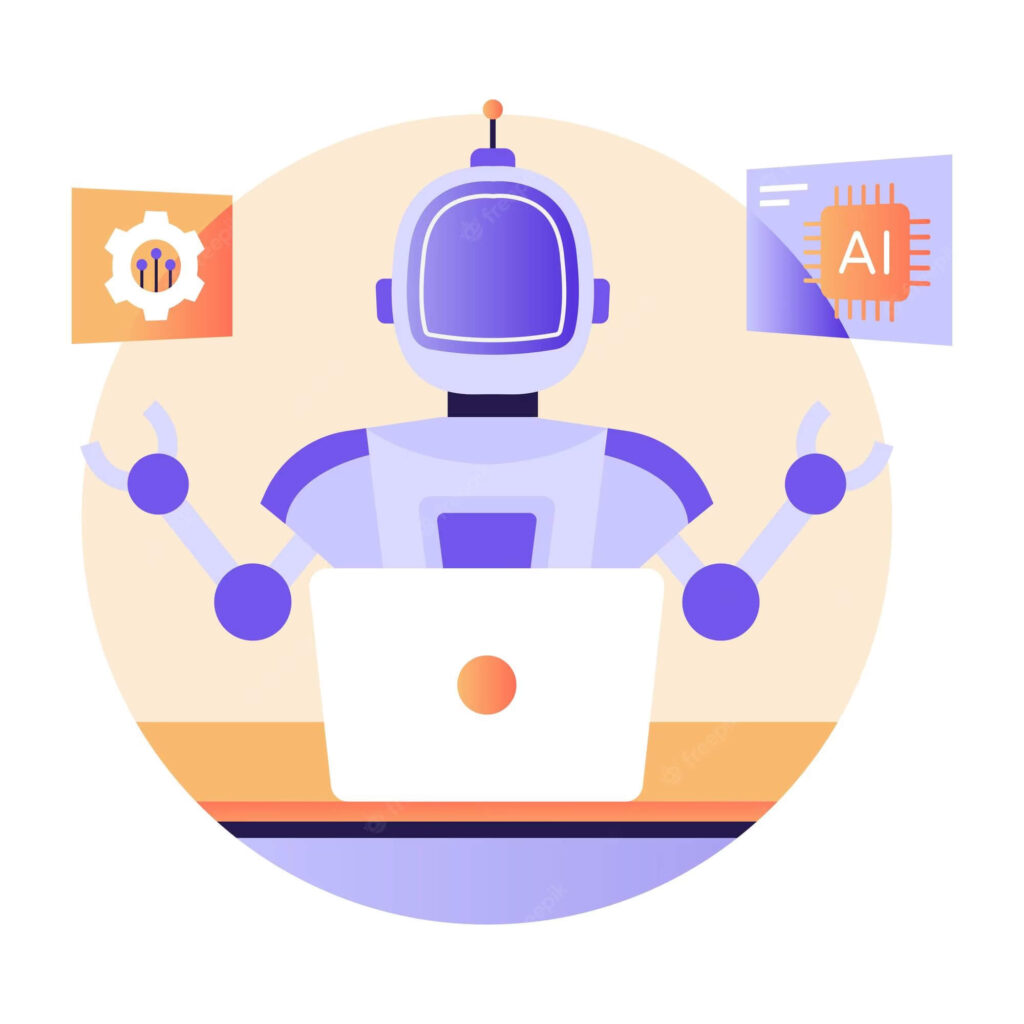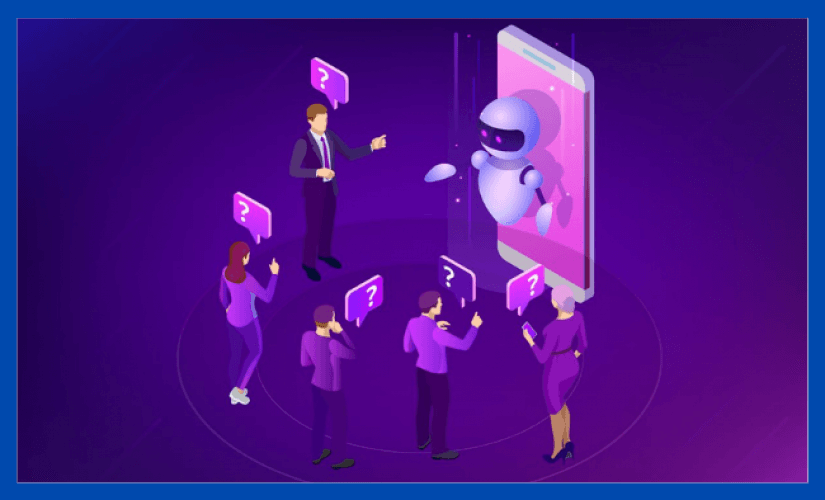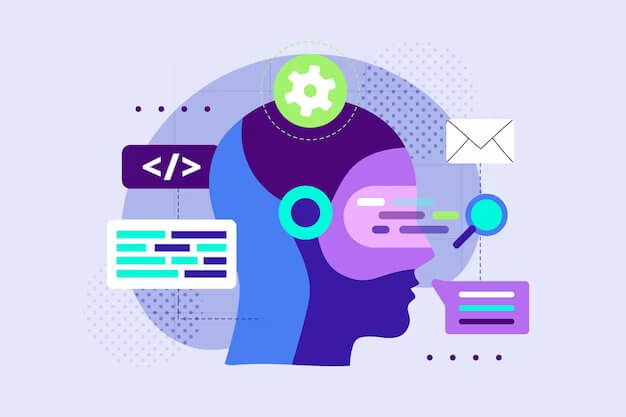Debunking Myths Surrounding AI-Induced Job Loss

In the age of rapid technological advancement, Artificial Intelligence (AI) often finds itself in the center of debates and discussions. One of the most persistent and pervasive concerns surrounding AI is its impact on employment. Are robots and algorithms poised to steal our jobs and leave us unemployed? Let’s dive deep into this topic and debunk the myths surrounding AI-induced job loss.
Myth 1: AI Will Completely Replace Human Workers
Is it true that AI is on the brink of making humans obsolete in the workplace? The short answer is no. While AI is undoubtedly changing the nature of work, it’s far from being a job-stealing monster:
- AI Complements Human Abilities: AI is designed to augment human capabilities, not replace them. It excels at repetitive and data-driven tasks, freeing up humans to focus on creativity, critical thinking, and complex problem-solving.
- New Job Opportunities: The rise of AI has created entirely new job categories, such as AI trainers, data annotators, and AI ethicists. These roles didn’t exist before, highlighting AI’s role in job creation.
- Collaborative AI: In many industries, AI works alongside humans as a collaborative partner. For instance, surgeons use robotic-assisted tools for precision surgeries, improving patient outcomes.
Myth 2: All Jobs Are Equally Vulnerable to AI Disruption

Are all professions equally at risk of being automated? The answer is more nuanced than a simple yes or no:
- High-Skill vs. Low-Skill Jobs: While it’s true that AI can automate certain low-skill jobs, high-skill professions often require complex decision-making, empathy, and creativity, making them less susceptible to automation.
- Hybrid Jobs: Many roles are evolving into hybrid positions, where employees use AI tools to enhance their productivity. A marketing manager, for example, can leverage AI analytics to make data-driven decisions.
- Unpredictable Skills: Some jobs demand unpredictable skills. For instance, a firefighter must adapt to rapidly changing situations, which is challenging for AI algorithms.
Myth 3: AI Will Lead to Mass Unemployment
The fear of widespread unemployment due to AI is a common misconception. Let’s explore why this fear is unfounded:
- Historical Precedent: Throughout history, technological advancements have disrupted industries, yet employment levels have generally increased over time. New technologies often lead to the creation of new jobs and industries.
- AI-Driven Growth: AI has the potential to drive economic growth by increasing efficiency, reducing costs, and spurring innovation. This growth can, in turn, lead to job opportunities in various sectors.
- Skill Transition: Instead of mass unemployment, the AI era may necessitate a transition in the workforce. Re-skilling and upskilling programs can help employees adapt to changing job requirements.
Myth 4: AI Will Only Benefit Large Corporations
Is AI solely a playground for big corporations, leaving smaller businesses and individuals out in the cold? Not quite:
- Accessible Tools: AI tools and platforms are becoming increasingly accessible and affordable. Small businesses and startups can leverage AI for tasks like customer support and data analysis.
- Niche Markets: AI can help small businesses identify niche markets and target customers more effectively, giving them a competitive edge.
- AI for Individuals: AI-powered apps and services are available to individuals, from personal assistants like Siri to language translation tools. These technologies enhance productivity and convenience in daily life.
Myth 5: AI Is Infallible and Bias-Free
AI is often portrayed as an infallible, impartial decision-maker. However, it’s essential to recognize that AI systems are not without their flaws:
- Data Bias: AI algorithms learn from historical data, which can contain biases. If not properly addressed, AI systems can perpetuate and even amplify existing biases, leading to unfair outcomes.
- Human Oversight: AI systems require human oversight to ensure ethical and unbiased decision-making. It’s crucial to have diverse teams working on AI development to identify and mitigate bias.
- Continuous Learning: AI systems must undergo continuous learning and refinement to improve their accuracy and fairness. This process involves feedback loops and updates to the algorithms.
Myth 6: AI Development Is Unregulated and Uncontrolled
Is AI development the wild west, with no rules or regulations? Not quite. Governments and organizations are actively working on AI ethics and regulations:
- Ethical Frameworks: Many countries and organizations have established ethical guidelines for AI development and usage. These frameworks promote transparency, fairness, and accountability.
- GDPR and Privacy: Regulations like the General Data Protection Regulation (GDPR) address AI’s impact on privacy, requiring companies to protect individuals’ data and provide transparency in AI decision-making.
- Oversight Bodies: Some countries are establishing oversight bodies to ensure that AI development aligns with ethical standards and societal values.
Myth 7: Humans Have No Control Over AI
Is AI like a runaway train that we can’t control? Not quite. Humans retain control over AI, provided we implement the right safeguards:
- Human-in-the-Loop AI: Many AI systems are designed with a “human-in-the-loop” approach, where human oversight is an integral part of the system’s operation.
- Emergency Stop: Engineers build emergency stop mechanisms into AI systems, allowing them to halt AI processes if they exhibit unexpected or undesirable behavior.
- Legal Accountability: Laws and regulations hold individuals and organizations accountable for the actions of AI systems they deploy, promoting responsible use.
Embracing AI with Caution and Optimism

In this rapidly evolving landscape, adaptability is paramount. We must recognize that AI is a powerful tool, but it is still a tool created and controlled by humans. Our future success hinges on our ability to guide its development and use responsibly.
Moreover, as AI continues to advance, it opens up exciting possibilities for collaboration between humans and machines. Imagine a world where AI assists doctors in diagnosing diseases faster, helps scientists analyze vast datasets to solve complex problems, and aids teachers in personalizing education for every student.
In essence, the narrative surrounding AI-induced job loss should not overshadow the immense potential for AI to augment our lives. The real challenge lies in striking a harmonious balance between technology and humanity. By embracing AI’s potential while addressing its challenges, we can create a future where AI complements human ingenuity, leading to a more prosperous and fulfilling world for all.
FAQ: Debunking Myths Surrounding AI-Induced Job Loss
- Is AI going to completely replace human workers?
Absolutely not. AI is designed to complement human abilities, not replace them. While it can handle repetitive tasks efficiently, it lacks the creativity, empathy, and complex problem-solving skills that humans possess. The future workplace will likely involve a collaboration between humans and AI.
- Are all jobs equally vulnerable to AI disruption?
No, they are not. High-skill jobs that require creativity and critical thinking are less susceptible to automation. Many roles are evolving into hybrid positions where humans use AI tools to enhance their productivity. Unpredictable and dynamic professions like emergency responders also remain less vulnerable.
- Will AI lead to mass unemployment?
History suggests otherwise. Technological advancements, including AI, have disrupted industries but have generally led to increased employment opportunities over time. The key is reskilling and adapting to new job requirements.
- Is AI exclusively beneficial to large corporations?
Not at all. AI tools and platforms are becoming more accessible and affordable, benefiting small businesses and individuals alike. AI can help small businesses identify niche markets and improve competitiveness.
- Is AI infallible and bias-free?
No, AI systems are not infallible. They learn from historical data, which can contain biases. Human oversight and continuous learning are crucial to addressing these issues and ensuring ethical AI decision-making.
- Is AI development unregulated and uncontrollable?
AI development is not a free-for-all. Many countries and organizations have established ethical guidelines, privacy regulations (such as GDPR), and oversight bodies to ensure responsible AI development and deployment.
- Do humans have no control over AI?
Humans retain control over AI. Many AI systems incorporate a “human-in-the-loop” approach, allowing human oversight. Emergency stop mechanisms and legal accountability also ensure responsible AI usage.
- How can we harness the potential of AI while mitigating its pitfalls?
The key lies in responsible AI development, ethical guidelines, and continuous education. Embracing AI with caution, focusing on re-skilling and upskilling the workforce, and fostering a balanced understanding of AI’s role are essential steps toward harnessing its potential for the benefit of society and workplaces.